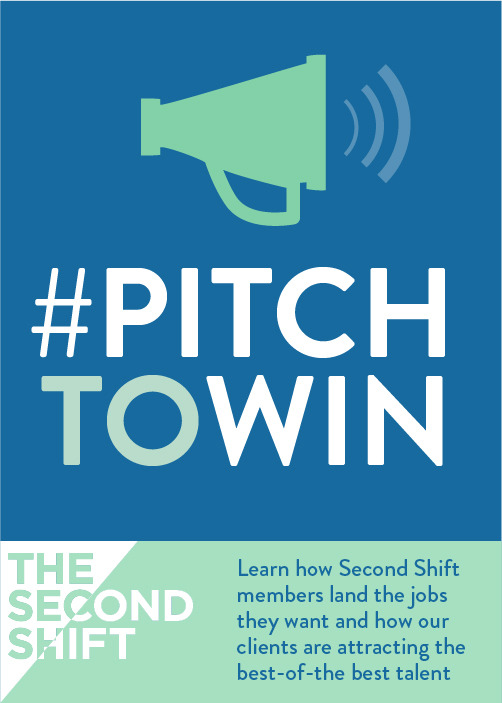
A
recent study done by Pew Research
Center
showed that only 14% of civilian working Americans in the U.S. receive paid family
leave. Author Lisen Stromberg found in writing her new book Work PAUSE Thrive that the answer may lie in an increase in paternity
leave. In an NBC News interview about her book, Stromberg
said “if it’s equally a man or a woman who’s likely to be out because the
company offers parental leave, then the notion that a person is not committing
to their career or that they’re going to be a problem because they’re going to
leave is taken off the table.”
The
stigma in the workplace is real, but it isn’t the only problem.
If
you’ll allow a brief personal digression: I asked my own mom, a workingwoman of
the 80’s, “how did you do it all?” She replied effortlessly “every workingwoman
needs a wife.” (Full disclaimer my parents shared childcare duties equally –
something that was radical for the time.) I thought my mother’s words were
wrong, but after thinking about it I know she’s absolutely but not for the reasons we initially think of.
As
Stromberg explained, and is sadly widely accepted, workingwomen are seen as
uncommitted, because of their personal investment in childcare; yet, women without
children still feel the stigma of the notion that women aren’t focused at work.
It’s not just children that imply a lack of focus – it’s everyday life.
Workingwomen,
with and without children, feel an innate responsibility to ensure everything
both at home and at work goes smoothly, that everything and everyone is taken
care of. From consoling a co-worker over a bad breakup, to ensuring your team
has their own personal lives, to replacing the paper in the copier when it runs
low so our co-workers won’t have it run out in the middle of a project – we
worry about everything. If we can’t stop the worry, how do we at least equalize it?
Today,
more and more men are choosing to be stay at home dads, more and more partners
are taking on the housework. Yes, that’s progress, but not in the way we should
be thinking about it. The one issue we haven’t cracked is the worrying.
Here
are some tips to stop our restless minds:
- Before winding
down for the evening, make a list of everything that needs to be addressed the
next day. It’s all there for you to handle in the morning and you won’t need to
worry about forgetting something. Bonus: if you’re a bit more organized you can
set up a weekly calendar of tasks for the next week on Fridays for worry-free
weekends. - Create a shared
calendar and task list for everyone in your family and/or in your workplace.
You can see where everyone is whenever you want and you don’t need to worry
about anyone. - Set email
reminders ahead of time. Do you have a colleague who always forgets to submit
their expense reports on time? Set a reoccurring reminder email that
will automatically send.
What
do you worry about? What are your thoughts on sharing this intangible burden
with your partner? How do you tackle your everyday worry-free? Share your
thoughts on our Facebook
page.
{written by Second Shift member & copywriter Chelsea Connor}







